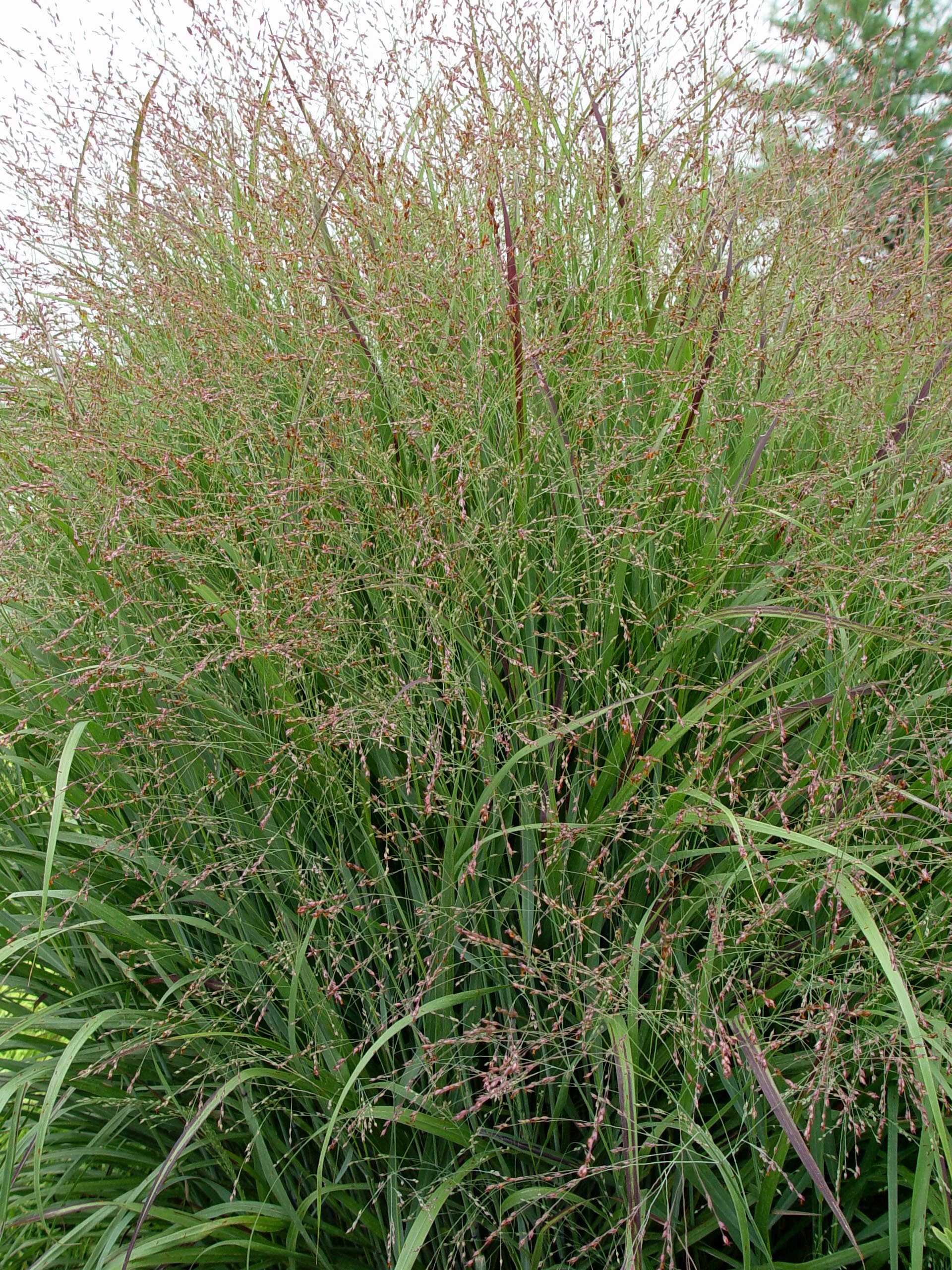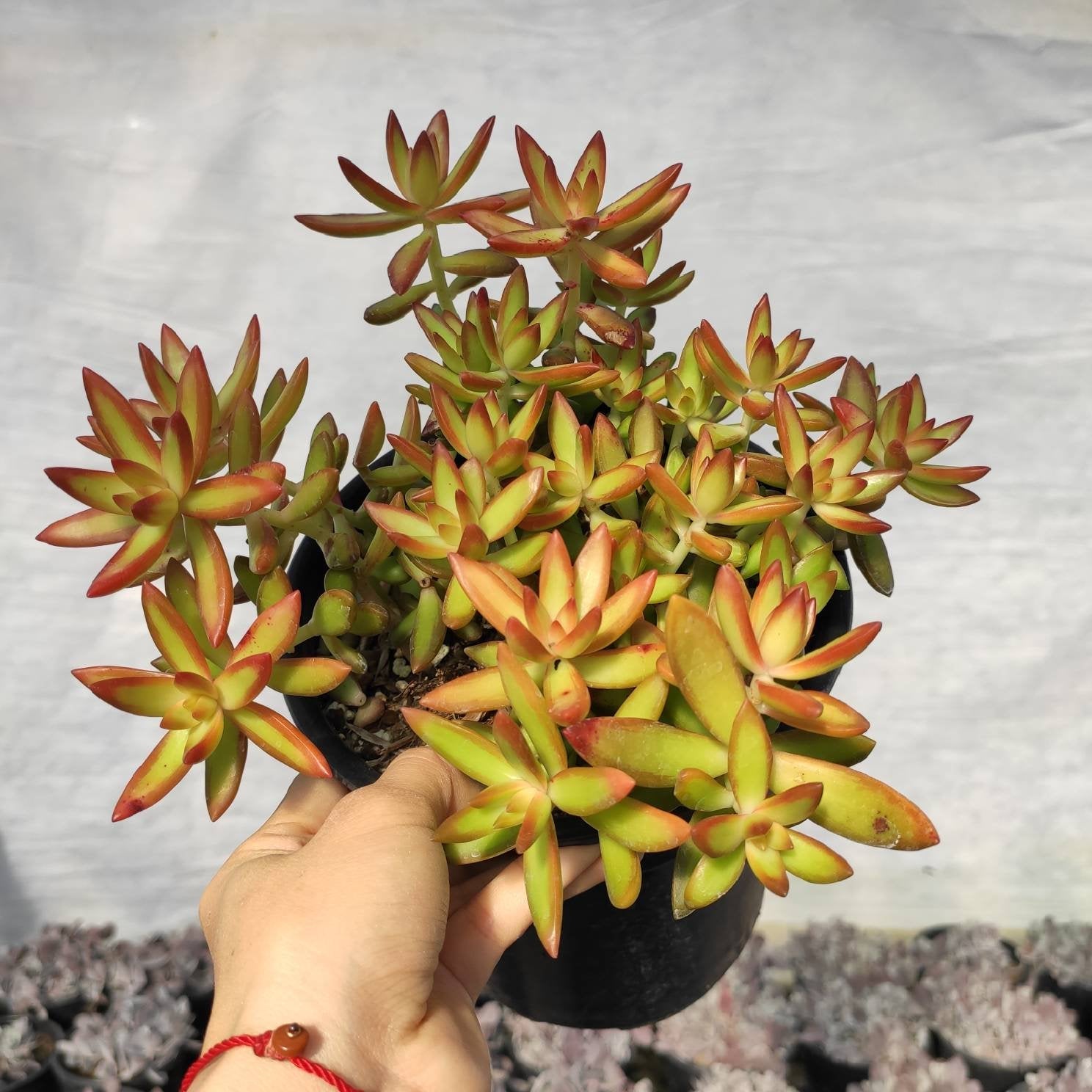Table of Content
The Roman historian Pliny the Elder reported many uses including scenting bathwater and perfumes as well as flavoring beverages, sauces, and wine. Leaves have a serrated edge and can have either a smooth or fuzzy texture. They come in all shades of green – with some variegated types as well. The presence of pungent essential oils gives Mentha its attractive fragrance that fills the surrounding area with a sweet perfume. Mint is a highly aromatic, perennial herb in the genus Mentha of the Lamiaceae family. Now, you may have heard of mint’s legendary spreading properties.

Tiny blooms in terminal racemes form flowering spires on tall spikes, and smaller flower tufts often form in the leaf axis. Blooms appear from mid to late summer, and are highly attractive to bees, butterflies, and other pollinators. While most mints are grown for their scent, some are used more for their ornamental value. For example, buddleia mint,Mentha longifolia has long, purple, nectar-rich flowers and beautiful silvery foliage. However, like most mints, this is also an aggressive grower. The most common complaint with pennyroyal involves its tendency to spread in an uncontrolled manner.
Common hazel
It is very easy to grow—perhaps too easy, as this foreign exotic is now so widely naturalized that its invasiveness can no longer be controlled. You may find that it takes over your garden, as the drooping stems will root wherever they touch the ground. Chocolate mint grows best in rich, moist soil that is slightly acidic or neutral. When growing mint indoors you have to care about the following things. When growing mint indoors, remember to keep the mint pruned and be mindful of pests and diseases. You can easily grow mint plants indoors in pots filled with soil, or in water bottles.
It’s a welcome ingredient in cold beverages and teas, as well as in sweet and savory dishes. And its renowned taste and aroma are found in a myriad of products around the home from air fresheners to mouthwash. The Spruce uses only high-quality sources, including peer-reviewed studies, to support the facts within our articles. Read our editorial process to learn more about how we fact-check and keep our content accurate, reliable, and trustworthy.
#2 White Knife Set
This variety has brown stems and the leaves have a chocolate-mint aroma and flavor, making it perfect for use in cold drinks and tea. This plant will grow 12 to 36 inches tall at maturity and, like most plants of this family, prefers a part sun location. Photo by Lorna Kring.Ensure pots have plenty of drainage material – such as broken pottery, gravel, or pebbles – at the bottom and keep soil moist but not wet.

But avoid using chemical herbicides in boggy or wet locations, and if you do use chemicals, make sure they are approved for wet conditions. For younger plants that haven't begun to spread, you can easily root a tip cutting in moist soil or a vase filled with water. There are no named cultivars of pennyroyal; the species plant is the only one commonly sold. However, there is a native plant, Hedeoma pulegioides that is native to eastern North America from the Dakotas to Nova Scotia and south to Georgia and Arkansas. This plant has a similar growth habit and cultural needs to Mentha pulegium, but the flowers are a more true blue rather than lavender in color.
What types of services do gardeners and lawn care companies provide?
Mint can be grown indoors in pots or containers with soil or without soil . Mint is a very fragrant perennial plant with an aromatic taste. But you may need to increase the frequency if your climate is very dry or the plant is exposed to a lot of sunlight. How often you need to water depends on the conditions in which it’s growing. Planting zesty cool mint not only means adding an attractive plant to your landscape, but also a fantastic flavoring agent for drinks, savory dishes, and desserts.
Pennyroyal grows equally well in areas with cool or hot summers. Humid conditions are better than dry or desert areas for growth—however, pennyroyal can adapt to dry climates provided it gets enough irrigation. In Germany, Bavaria, Gunzenhausen, you’ll find 865 types of weeds. A few common ones are Stinging nettle, Elder, and English oak.
Regular moisture is an important element to a thriving pennyroyal plant. The surface of the soil should always feel moist to the touch. Pennyroyal grows well in damp areas like stream banks or low-lying depressions in the landscape. Pennyroyal plants grow best in partial sunlight—especially dappled light— but full sun is also tolerated as long as they receive adequate moisture. As a general rule of thumb, aim to plant your pennyroyal somewhere that gets at least six hours of sunlight daily.
Pennyroyal plants will grow in pots of any size and any material, in a standard commercial potting mix. Take care that the plant doesn't escape through the drainage hole and into the landscape if you're trying to keep it contained. Pennyroyal is a traditional cottage garden plant, but it is not a particularly attractive specimen. Gardeners new to growing herbs are sure to find success with vigorous pennyroyal plants.
In Germany, Bavaria, Gunzenhausen, you can find Stinging nettle, Elder, English oak, Common yarrow, Orchard grass, and more! Be sure to look out for these common plants when you’re walking on the streets, in parks, or public gardens. Although the stinging nettle has a variety of uses it is best known for its eponymous sting.

In fact, too much fertilizer can reduce flowering in pennyroyal plants. Find Gunzenhausen, Bavaria, Germany gardener services and local lawn mowing services on Houzz. Narrow your search in the Professionals section of the website to Gunzenhausen, Bavaria, Germany lawn care services. You can also look through Gunzenhausen, Bavaria, Germany photos to find examples of yards that you like, then contact the Bavaria contractor who worked on them.
Pennyroyal plants grow at their best in moist, rich soil that has been amended with organic matter. Pennyroyal has no soil pH preference, growing equally well in acidic, neutral, or slightly alkaline soil. Indoor Mint Plant Care in 2020 Mint plants, Mint plant from you're using a container, choose a. Grow mint in containers of rich, well-draining soil amended with 1/3 organic matter such as aged compost. You can add 1/3 landscape sand to improve drainage if needed.

Once a strong root system has formed, pot up the stems into containers 6 to 8 inches deep and wide, filled with sterile, well-draining potting soil. Photo by Lorna Kring.Fill small 2- to 4-inch pots or trays with a soil mix of 1/3 well aged compost, 1/3 vermiculite or peat moss, and 1/3 landscape sand. With its sweet fragrance, sparkling flavor, and pretty flowers, mint makes a delightful addition to any garden.
Fresh mint makes a lovely complement to fish, lamb, and poultry and can spruce up lightly steamed veggies like baby carrots, peas, and new potatoes. After the leaves are frozen, remove them from the baking sheet and place in airtight containers in the freezer where they will last up to 3 months. To do this, rinse and dry stems then strip off the leaves. Or, use your dehydrator at the lowest setting to dry cuttings. Photo by Lorna Kring.Rinse cuttings and lightly shake off excess water. Infected plants should be removed to prevent this disease from spreading.

Trim off the top growth and prune the hairy roots to fit in your containers. Pennyroyal is generally planted in the spring after all danger of frost has passed but while the soil is still cool. While this plant has been used to flavor teas, this is now considered a bad idea.











